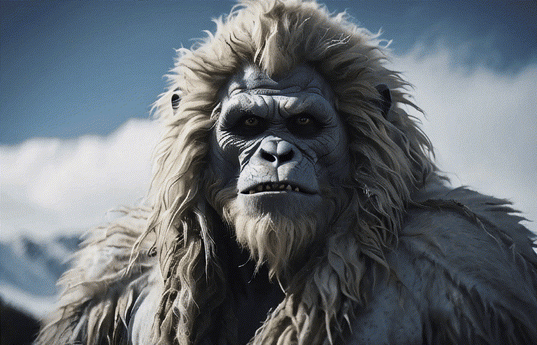
Ideas can come from anywhere and often when you least expect them. That is the case with this story, which was born out of a discussion about Burns Night and wondering what a “Haggis” animal might look like if one were to exist. This led to the idea of using AI to bring life to the mythical creatures of lore.
The first image I generated was of a Haggis, leaving it up to the AI to determine exactly what its appearance might be. In the end, it came up with a cross between a particularly wooly sheep and a pig.
I then turned to ChatGPT for a lift of some common and iconic mythical creatures that were well-known enough to have common depictions. Creatures like the Loch Ness Monster, the Jersey Devil and the most iconic of all mythical creatures — the Unicorn.
Creating the images using Leonardo
There are a wealth of AI image tools on the market, from OpenAI’s DALL-E 3 which also powered the Microsoft Designer tool, through to MidJourney and Adobe’s Firefly. You can read reviews, tests and experiments we’ve done with all of those tools at one point or another.
For this project, I turned to Leonardo, which uses its custom versions of the Stable Diffusion models as a base. The reason for using Leonardo was because of its Motion feature, which very quickly allowed me to create an AI video based on each image I generated.
The Loch Ness Monster

With a last name like Morrison and Scottish heritage, this seemed like a good place to start. Nessie is a legendary aquatic creature that is said to inhabit the deep freshwater Loch Ness in the Highlands.
The legend of Nessie comes from reported sightings of a long-necked and hump-backed creature made over decades. The first claimed sighting was in 1933, creating a major tourist attraction and mystery that has endured for nearly 100 years.
The Jersey Devil
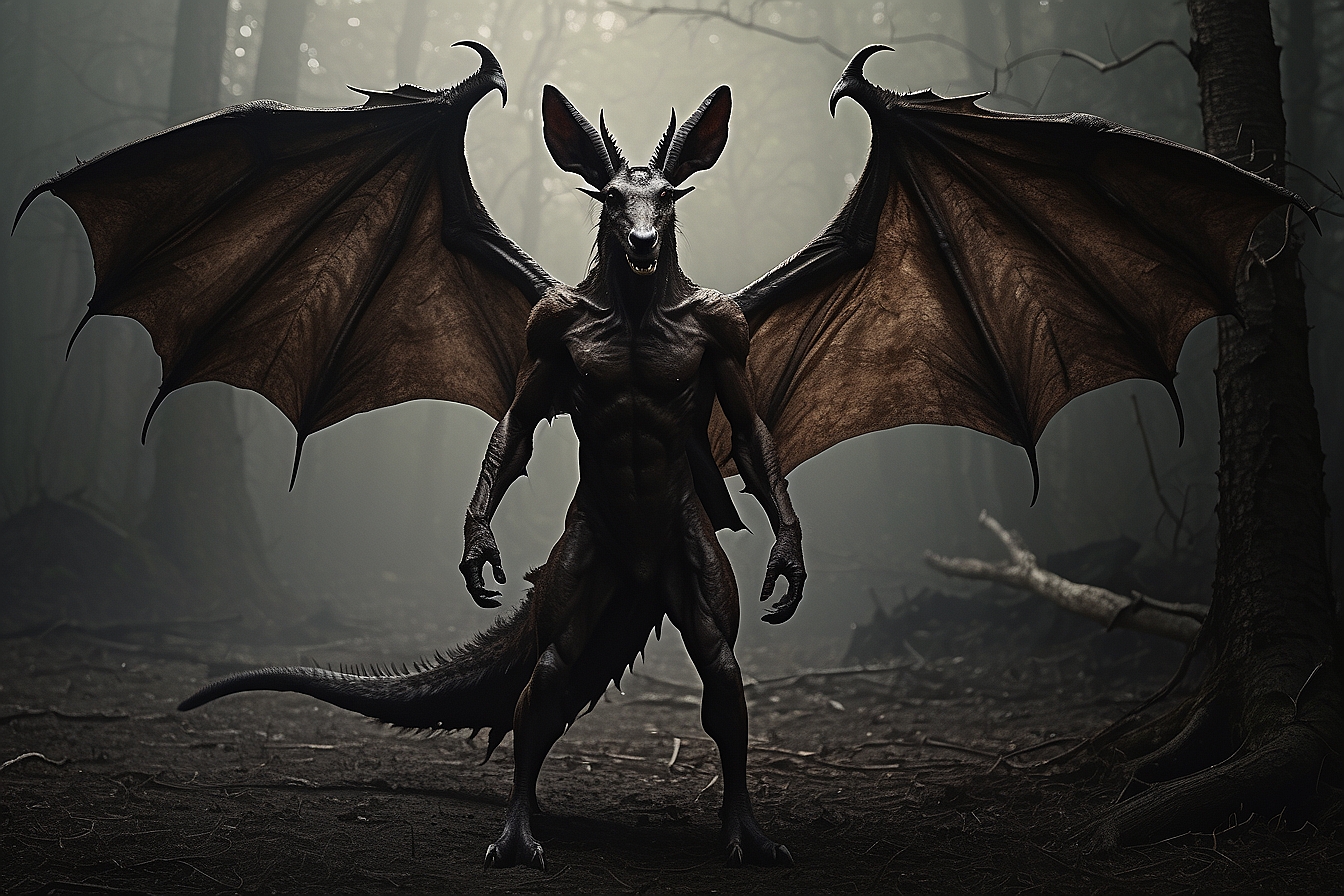
The Jersey Devil is said to inhabit the Pine Barrens of Southern New Jersey, its legend dating back to the 18th century. It is said to be the “unwanted thirteenth child of Mother Leeds."
She was a local woman who cursed the child upon finding out she was pregnant again. At least that is according to the New Jersey government website. Described as a flying biped with hooves, the legend of this creature dates back to the 18th century.
The creature is often depicted with a goat-like head, bat-like wings, horns, small arms with clawed hands, cloven hooves and a forked tail. This is because Mother Leeds cursed it to become the devil.
The Yeti
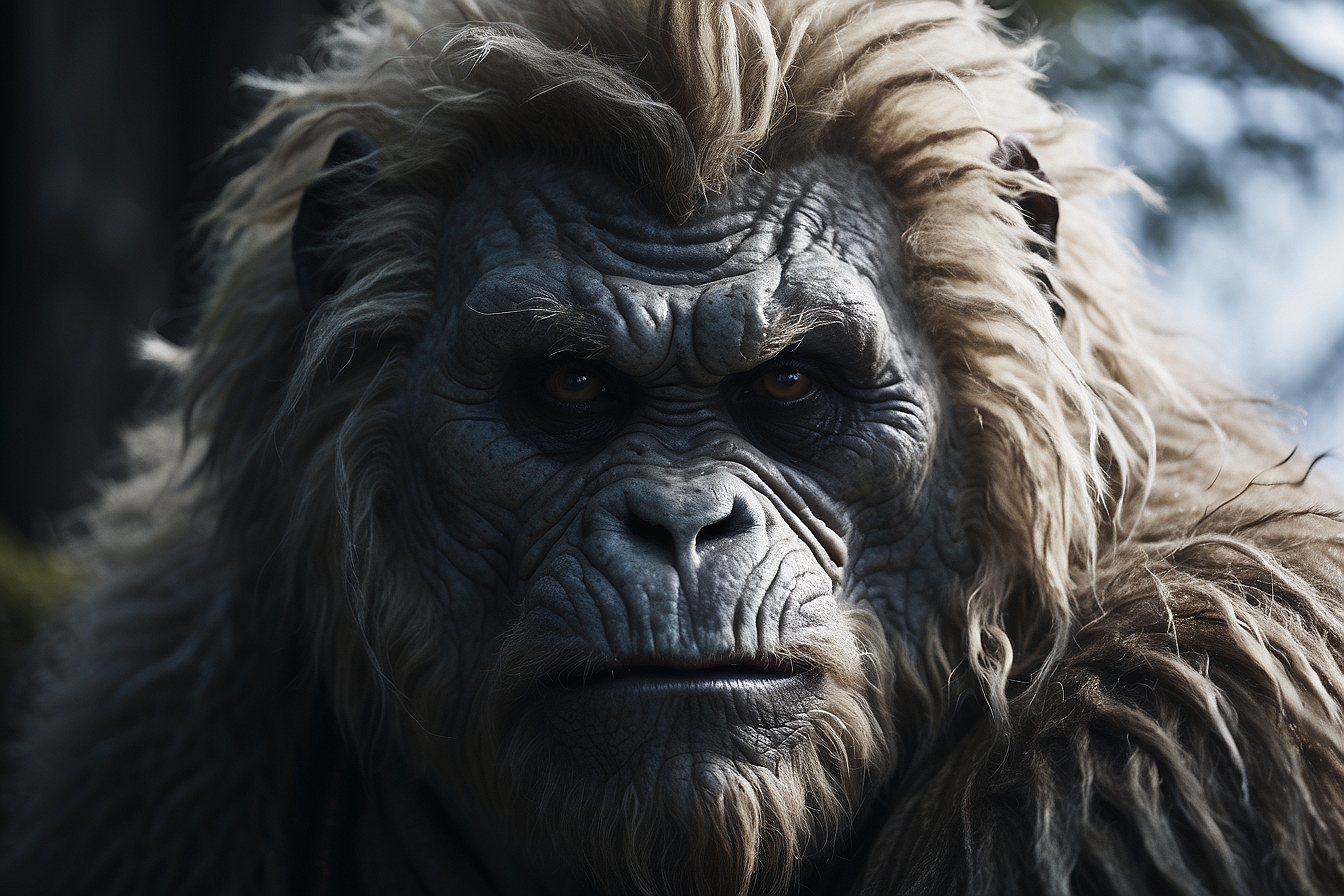
The Abominable Snowman had to be on the list, although may prove somewhat controversial among those determined to prove its existence. Described as an ape-like creature inhabiting the Himalayan Mountains, interest in the Yeti peaked in the last century.
It is commonly described as a large and hairy humanoid creature and had been part of local folklore and legend in the Himalayan region for generations before the Western explorers took an interest. This renewed fascination resulted in numerous expeditions, although conclusive proof remains elusive.
Unicorn
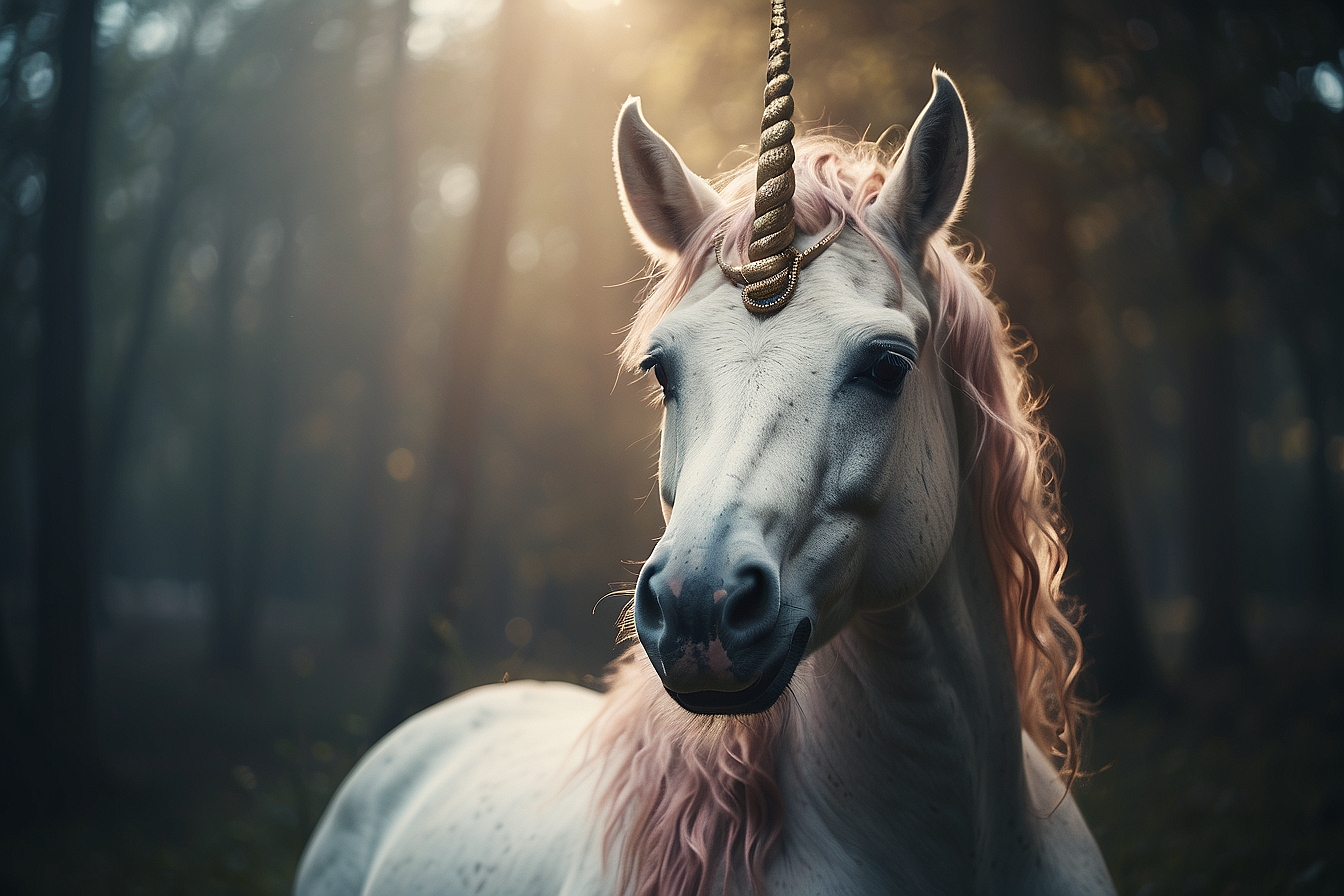
A creature of beauty, peace and legend depicted as a beautiful horse with a single spiraling horn projecting from its forehead, the Unicorn is a symbol of purity and grace. European literature depicts it as being white with spiraling grooves, cloven hooves and sometimes a goat-like beard.
They have been a fixture of global folklore for centuries, appearing in the ancient myths of India, China and Greece, appearing in Western culture during the medieval and Renaissance period.
Chupacabra
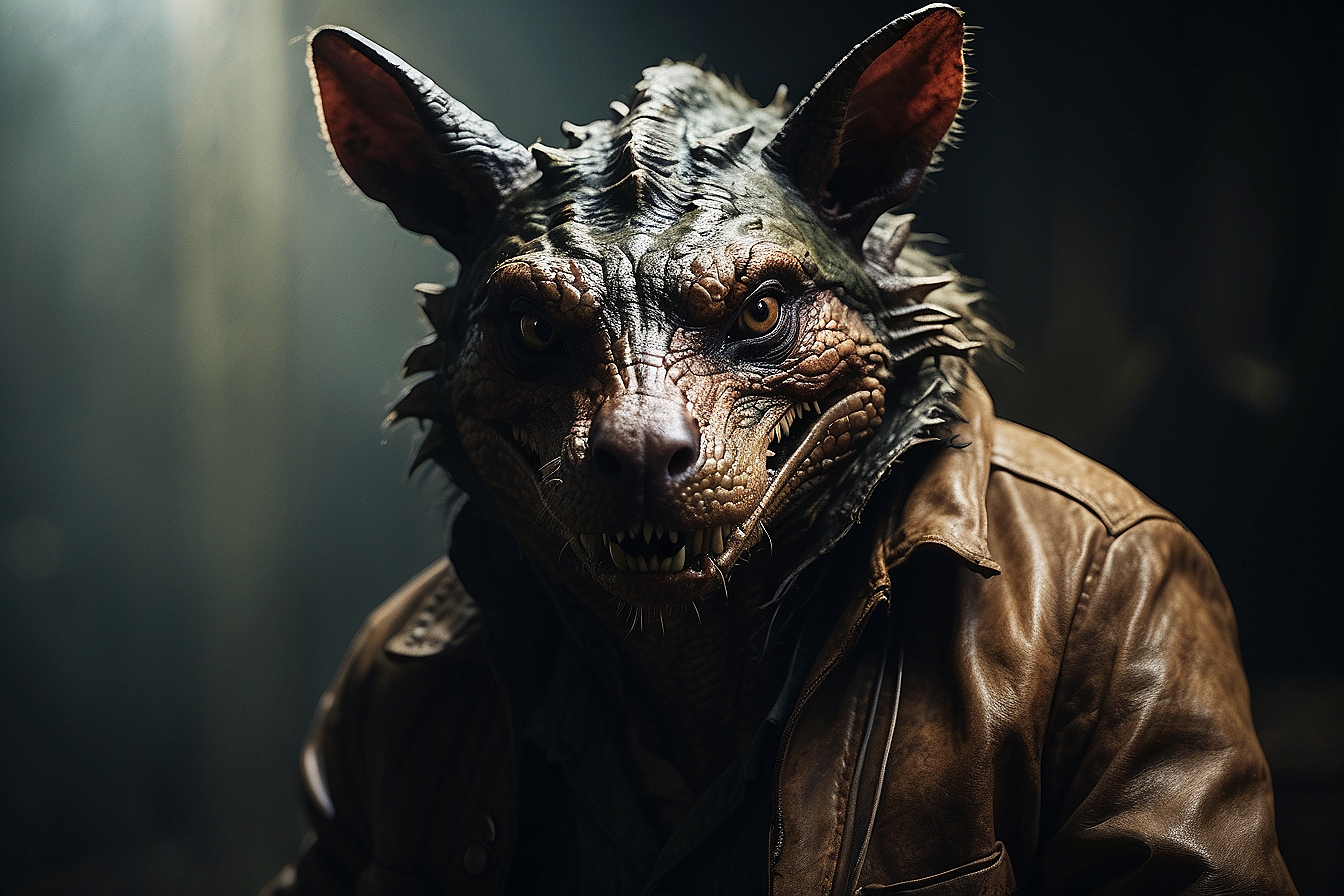
This legendary creature is said to inhabit parts of the Americas. Its first reported sighting was in Puerto Rico. The name means “goat-sucker” in Spanish, coming from its reported habit of drinking the blood of goats and other livestock.
There is no single description of the creature but it is most often described as reptile-like, leaping like a kangaroo and with a row of spines from the neck to the base of its tail.
Its history only goes back to about 1975 after a series of livestock killings in the town of Moca, Puerto Rico. These were attributed to chupacabras in March 1995 when eight sheep were found dead with wounds to the chest and drained of blood.
Phoenix
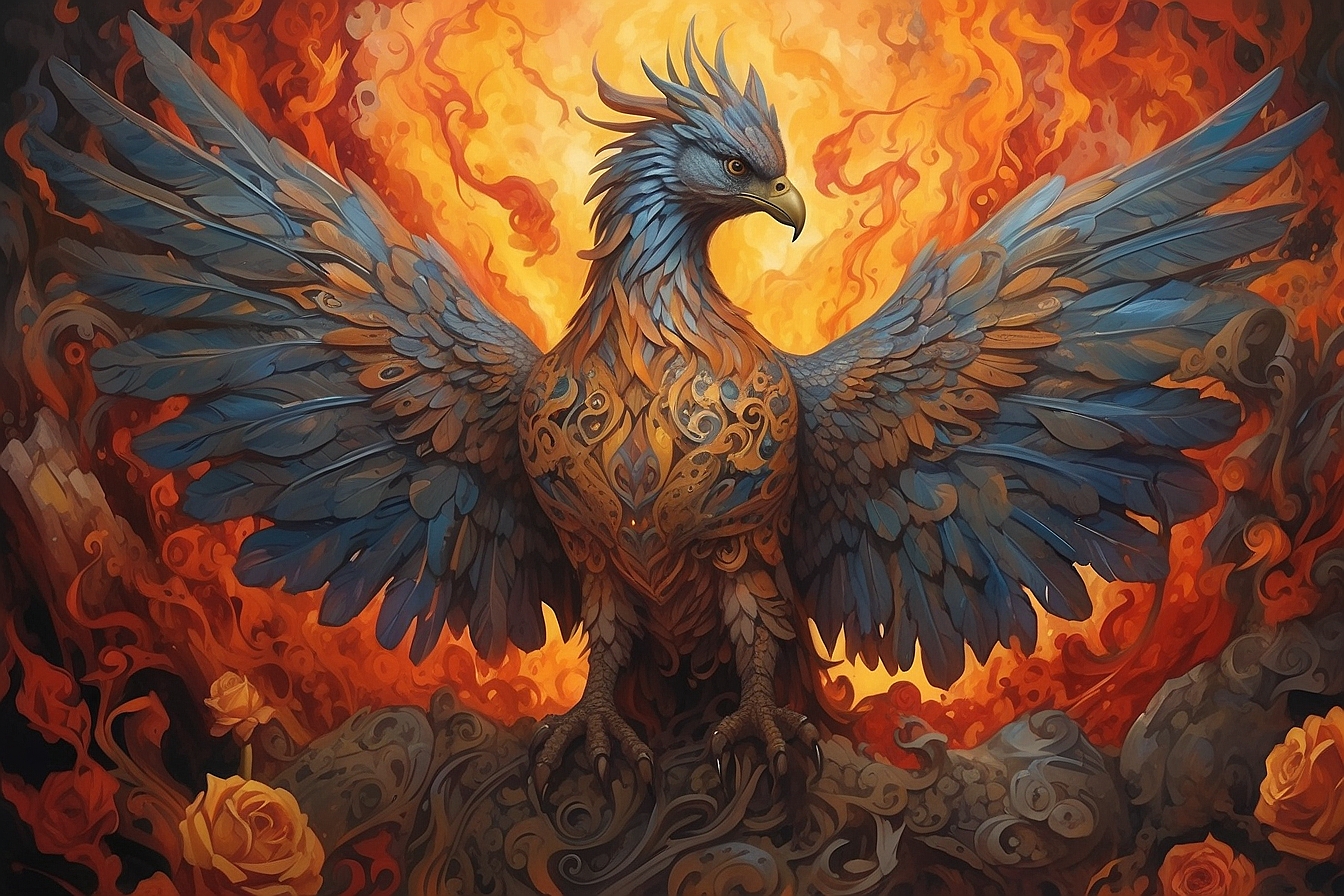
The mythical bird known as the Phoenix is said to be able to regenerate or be reborn from its own ashes and is a mythology going back to ancient Egypt. It also stems from Roman and Greek mythology where it symbolizes renewal, immortality and life after death.
The Phoenix is depicted as a magnificent bird with colorful plumage and a stunning tail of gold, scarlet and purple or blue. Its origins are disputed with some experts suggesting it was already part of ancient folklore by the time it was adopted in ancient Egypt.
Release the Kraken
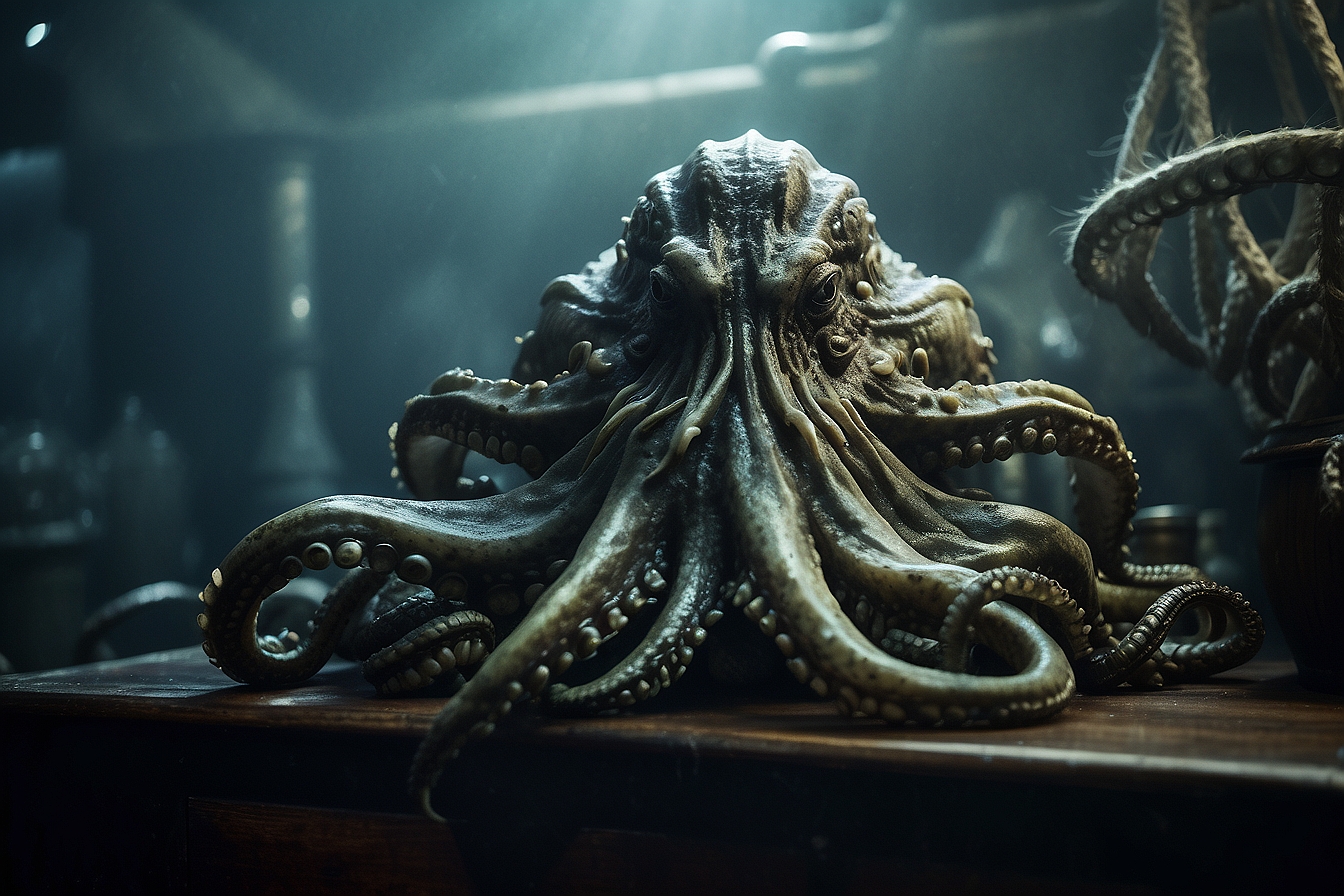
We started in the water and that is where we will finish this selection of mythical creatures. The Kraken is a legendary sea monster said to reach gigantic sizes and live off the costs of Norway and Greenland.
The first descriptions of the Kraken date back to the 12th century and are described as looking like a giant octopus, capable of enveloping an entire ship and bringing it into the sea. The myth likely came from sightings of real giant squid which can read impressive sizes and feeding sailor folklore.
How the images were created
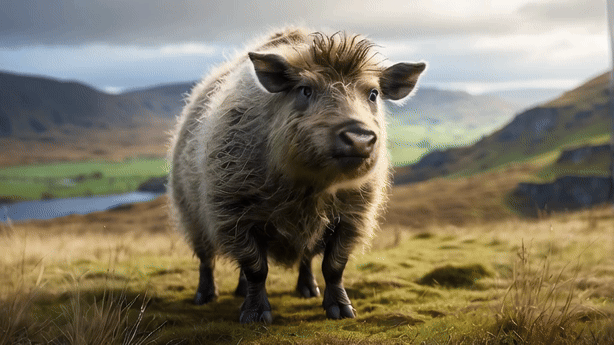
There are several different ways to generate images, even within a single image generator like Leonardo. You can also customize settings and image size.
You can work with something like ChatGPT to refine the prompt first and paste that into Leonardo, or you can go simple and see what it creates.
For some of these, such as the Yeti and the Phoenix I left it up to the AI to see what it created as these are very well known creatures. It did well.
For others like the Jersey Devil I worked with ChatGPT to get a description, double checked it against other sources, and used that to craft the Leonardo prompt.
One of the other reasons I chose Leonardo is it also offers its own prompting tool where you type a generic prompt and it turns it into something descriptive. Overall, the results looked pretty impressive, so feel free to give it a try!







